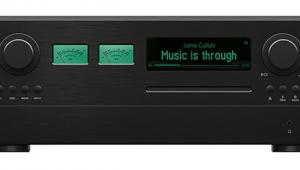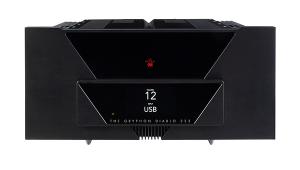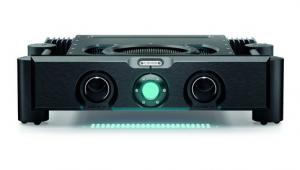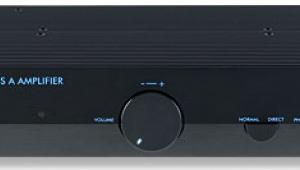Musical Fidelity A1 Integrated Amplifier A Class Act
Complementary (push-pull) Class A amplifiers operate with sufficient bias current that both halves of the output stage remain conducting throughout the entire signal cycle, unlike Class AB designs where there's a 'handover' between negative and positive (and vice-versa) cycles, generating a 'crossover' distortion. But Class A operation is very inefficient, at best achieving 50% conversion of power drawn from the wall into power delivered to the loudspeakers. In practice they are rather less efficient still, not least due to the complex nature of music signals and variations in real-world loudspeaker impedance.
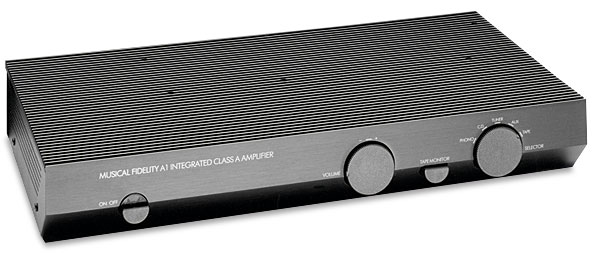
When I tested the original A1 in 1987 [inset picture] it was running by the skin of its transistors with heatsink hotspots in excess of 68oC and a true Class A rating closer to 10W than 20W/8ohm. If we ignore 2008's revamped A1 as an aberration [HFN Nov '08] – 2x40W/8ohm and 2x65W/4ohm but not in Class A – then 2023's re-imagining is the first that's true to both the design and spirit of Tim de Paravicini's original, albeit improved with its split transformer secondaries and increased reservoir capacitance. The maximum temperature reached by the 'new' A1's heatsinks is 63oC when running 'idle', consuming 91W from the wall. This temperature reduces to ~40oC when the A1 is running at a steady 2x10W/8ohm for 30 minutes where a significant portion of the quiescent current is then diverted to audio rather than simply waste heat.
Not all the A1's 25W are claimed as 'Class A', hence its AC power consumption inches up to 100W when delivering 2x25W/8ohm. A more accurate estimation is derived from the ~375mV DC bias set across the 0.47ohm emitter resistors – amounting to 0.8A (or 1.6A peak, twice the standing current). Treated as a default push-pull stage, this still works out at roughly 10W/8ohm per channel. PM





